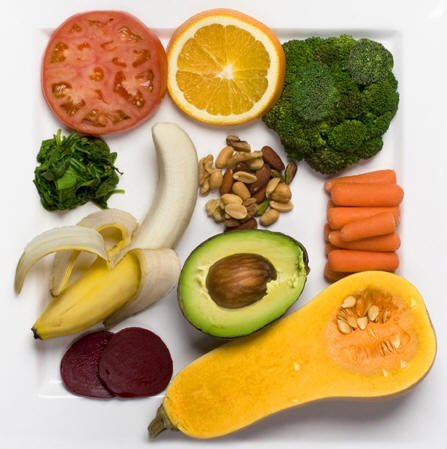
A new research published in the British Medical Journal suggests that a high potassium diet as well as cutting down on salt will reduce blood pressure levels and the risk of stroke.
One study review found that eating an extra two to three servings of high potassium fruit or vegetables per day was beneficial.
A lower salt intake would increase the benefits further, researchers said.
While the increase of potassium in diets was found to have a positive effect on blood pressure, it was also discovered to have no adverse effects on kidney function or hormone levels, the research concluded.

As a result, the World Health Organization has issued its first guidelines on potassium intake, recommending that adults should consume more than 4 g of potassium (or 90 to 100 mmol) per day.
The BMJ study on the effects of potassium intake, produced by scientists from the UN World Food Programme, Imperial College London and Warwick Medical School, among others, looked at 22 controlled trials and another 11 studies involving more than 128,000 healthy participants.
The results showed that increasing potassium in the diet to 3-4 g a day reduced blood pressure in adults.
This increased level of potassium intake was also linked to a 24% lower risk of stroke in those adults.
Researchers said potassium could have benefits for children’s blood pressure too, but more data was needed.
A separate study on salt intake, led by researchers at the Wolfson Institute of Preventive Medicine, Queen Mary, University of London, analyzed the results of 34 previous trials involving more than 3,000 people.
It found that a modest reduction in salt intake for four or more weeks caused significant falls in blood pressure in people with both raised and normal blood pressure. This happened in both men and women, irrespective of ethnic group.
Lower blood pressure levels are known to reduce the risk of stroke and heart disease.
Graham MacGregor, professor of cardiovascular medicine at Queen Mary, who led the study, said that the “modest reduction” in salt intake was equivalent to halving the amount of salt we consume each day.
“In the UK on average our dietary salt intake is 9.5 g, so we are talking about bringing this down to 6g, or if you’re very careful you can get it down to the recommended 5 g – but it’s very difficult because of the amount of salt already in the food we buy.
“Bread is the biggest source of salt in our diet.”
Prof. Graham MacGregor added that a further reduction in salt intake to 3 g per day would have a greater effect on blood pressure and should become the long-term target for population salt intake.
Getting people to eat more fruit and vegetables containing potassium was equally important, he said.
“Salt and potassium work in opposing ways. So a combination of lower salt and higher potassium in our diets has a bigger effect than changing just one of those factors alone.”
The WHO recommends that adults should not consume more than 5 g of salt a day (about one teaspoon).